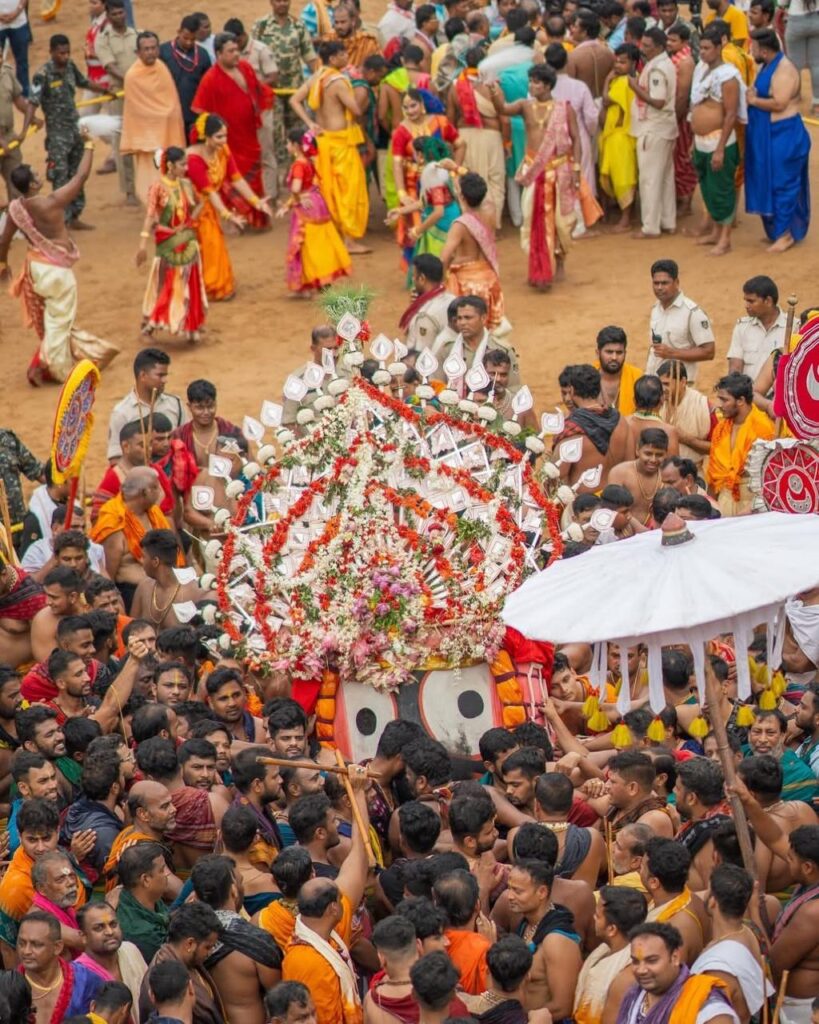The Divine Intervention : How Prabhu Shri Jagannath Came to USA
By Lokanath Mishra
In the 1960s, a young couple, Shyamasundar and Malati, embarked on a spiritual journey that would change their lives forever. Disillusioned with the materialism of post-World War II America, they found solace in the teachings of A.C. Bhaktivedanta Swami Prabhupada, the founder of ISKCON (the International Society for Krishna Consciousness). As devotees of the Swami, they helped establish a small temple in San Francisco and were eager to learn more about his spiritual practices.
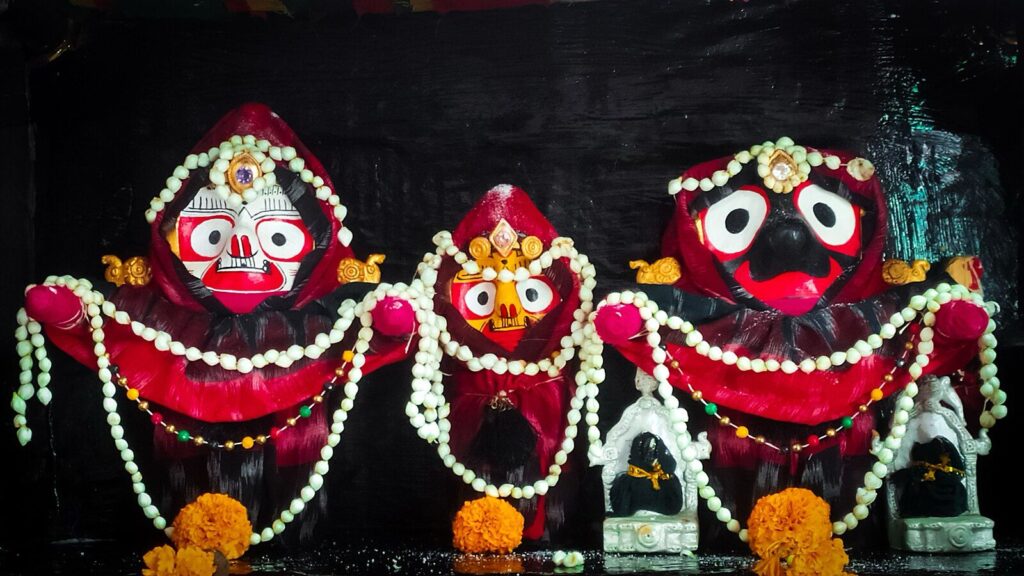
The turning point came when Malati stumbled upon three small, intricately carved wooden figurines in an import shop. The figurines, marked “Made in India,” caught her attention, and she brought those to her home. Her husband, Shyamasundar, was intrigued and decided to take those to the Swami’s apartment above the temple on Frederick Street. The Swami’s reaction was unexpected and profound.
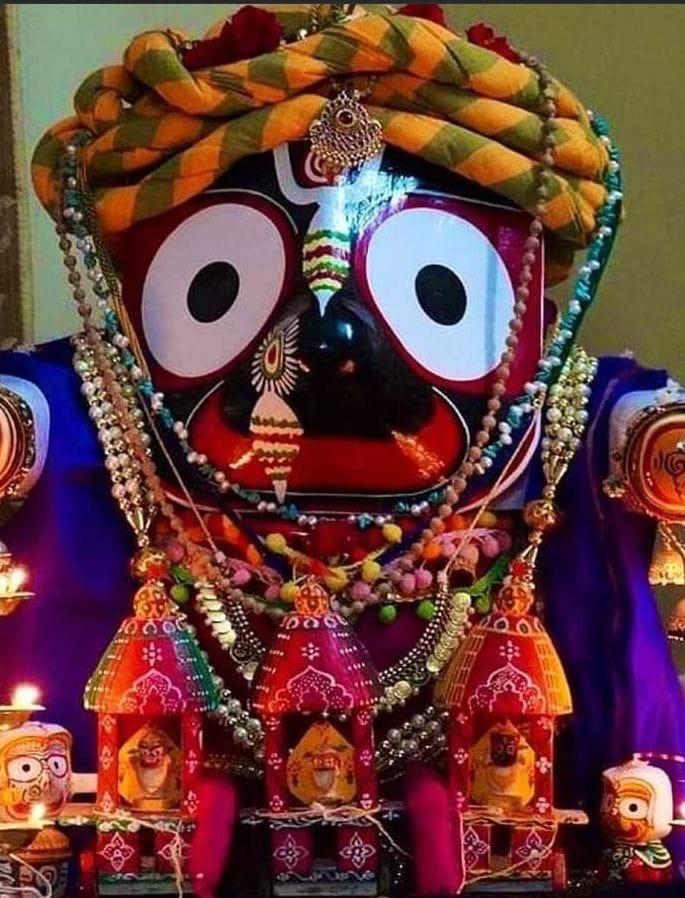
Upon seeing the figurines, the Swami’s face lit up with a startled look, and he leaped from his chair. He placed the figurines on his metal trunk and fell to the floor, beckoning Shyamasundar and another follower, Mukunda, to bow down beside him. The Swami began praying in Sanskrit, repeating the mantra “jagannatha swami nayana patha gami bhave tu me” over and over. This intense reaction revealed that the small wooden idols held extraordinary significance, far beyond its physical appearance.
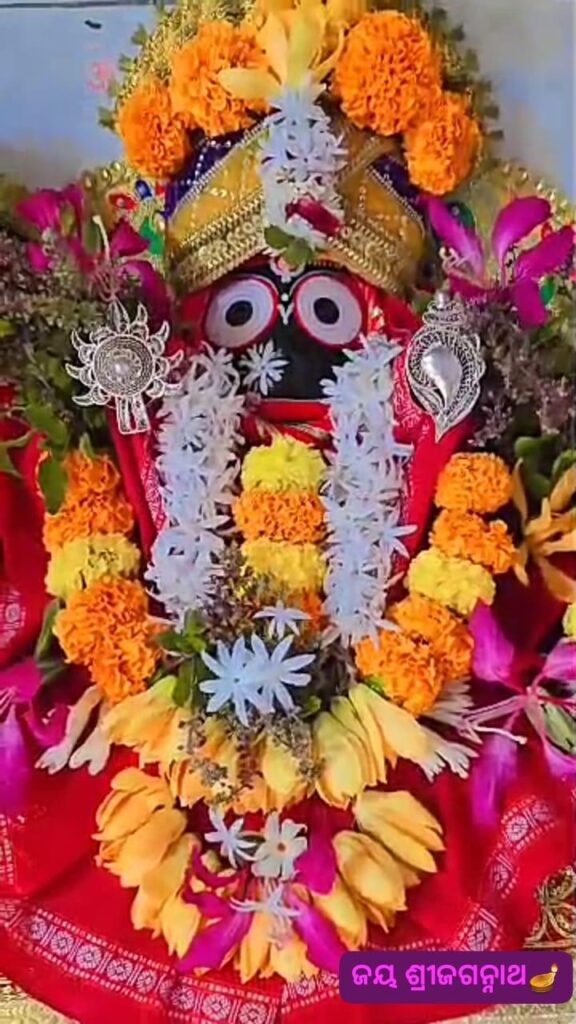
The Swami’s response was a testament to his deep connection with the divine and his ability to recognize the significance of sacred objects. For Shyamasundar and Malati, this experience was a profound moment that deepened their understanding of the Swami’s teachings and their own spiritual journey. The arrival of Prabhu Shri Jagannath in the USA marked the beginning of a new chapter in the lives of the devotees, one that would be filled with spiritual growth, devotion, and service.
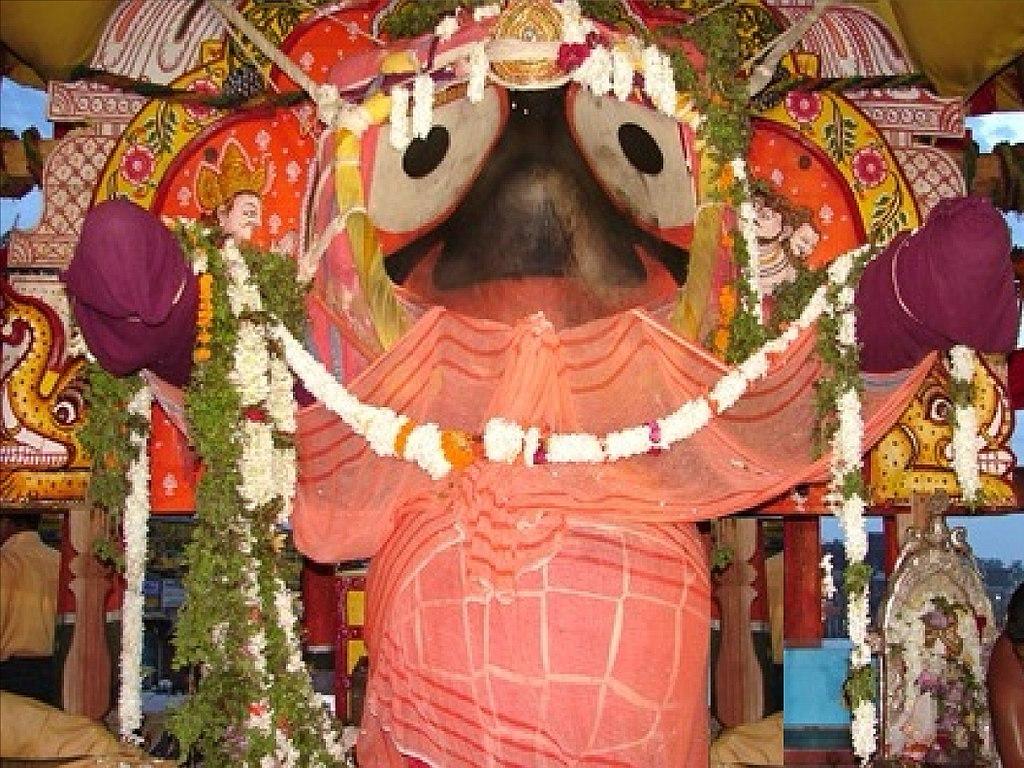
The small wooden figurines that Malati had found in the import shop held a profound significance, as revealed by A.C. Bhaktivedanta Swami Prabhupada. The Swami explained that the black figurine represented Krishna in his form as Jagannatha, while the other two figurines in the barrels represented his brother Baladeva and their sister Subhadra. The Swami shared the ancient story of King Indradyumna, who had been anxious to worship Krishna in a magnanimous form.
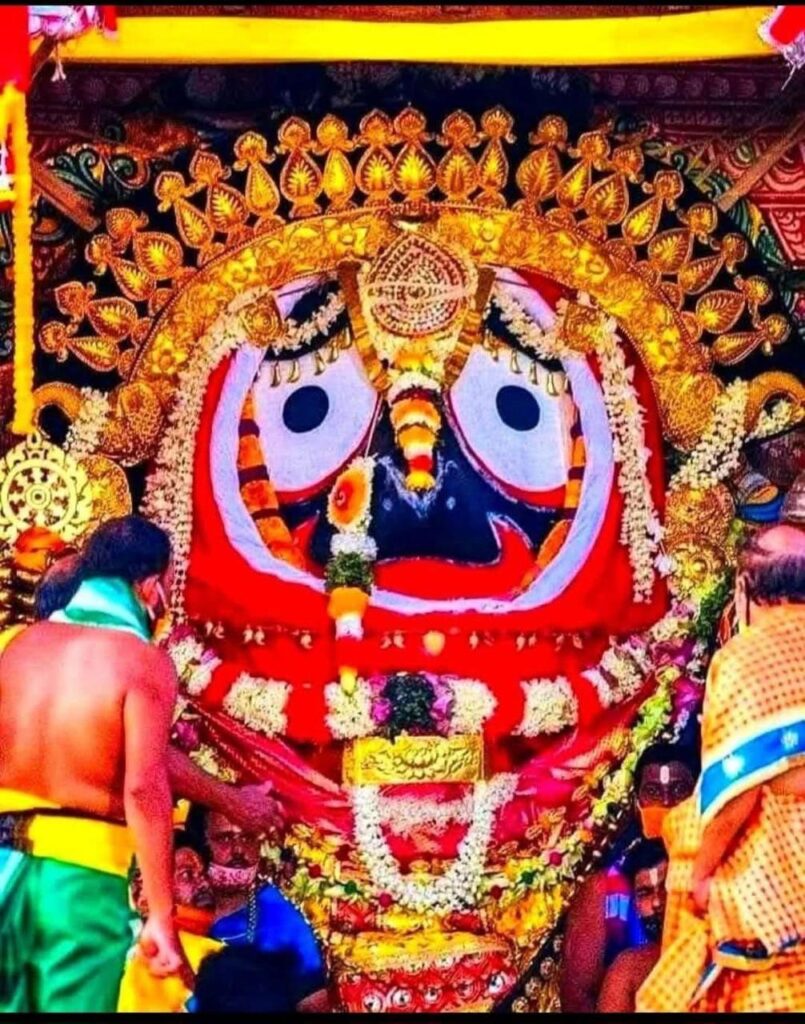
According to the legend, Krishna had guided the king to a specific part of the beach on the Bay of Bengal, where a huge reddish log was buried. The king was instructed to carve the forms of Jagannatha, Baladeva, and Subhadra from this log. Despite the efforts of many skilled sculptors, none could make progress on the log, until an old man, who was actually Krishna in disguise, took up the task. The old man agreed to carve the deities on the condition that he would work in complete privacy for 21 days.
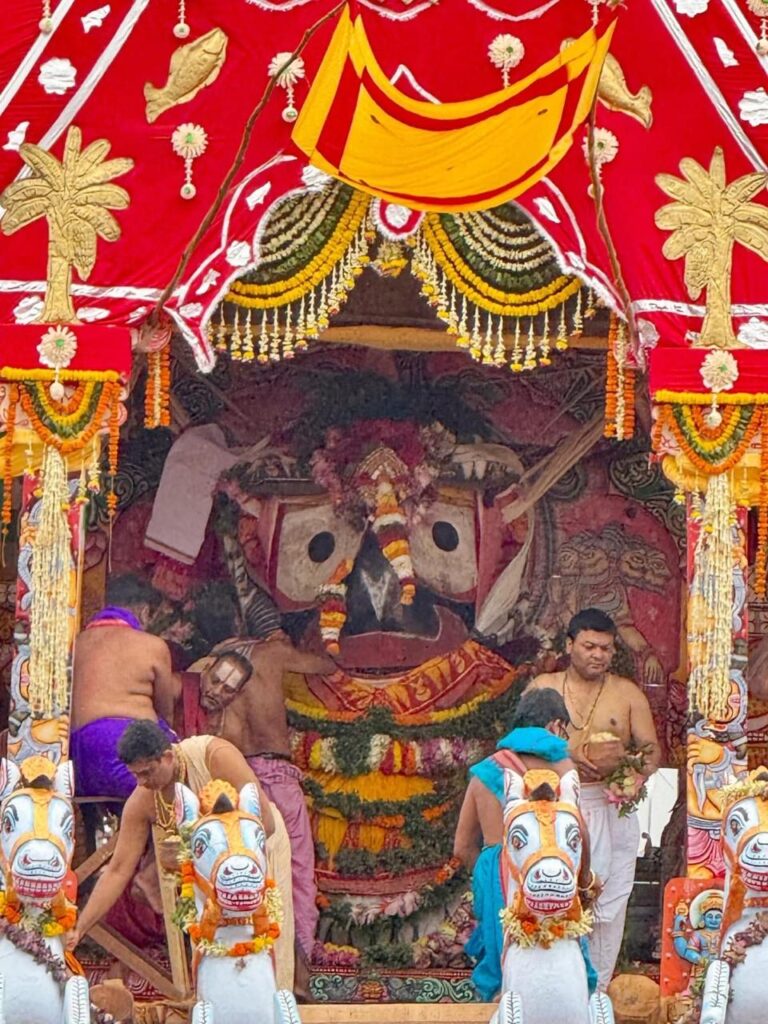
However, the king’s curiosity got the better of him, and he entered the workplace prematurely, finding the three forms unfinished and without arms or legs. The Swami concluded the story by looking at the three figurines and asking if anyone could carve larger versions of them, about 3 feet tall, to be installed in the temple for regular worship.
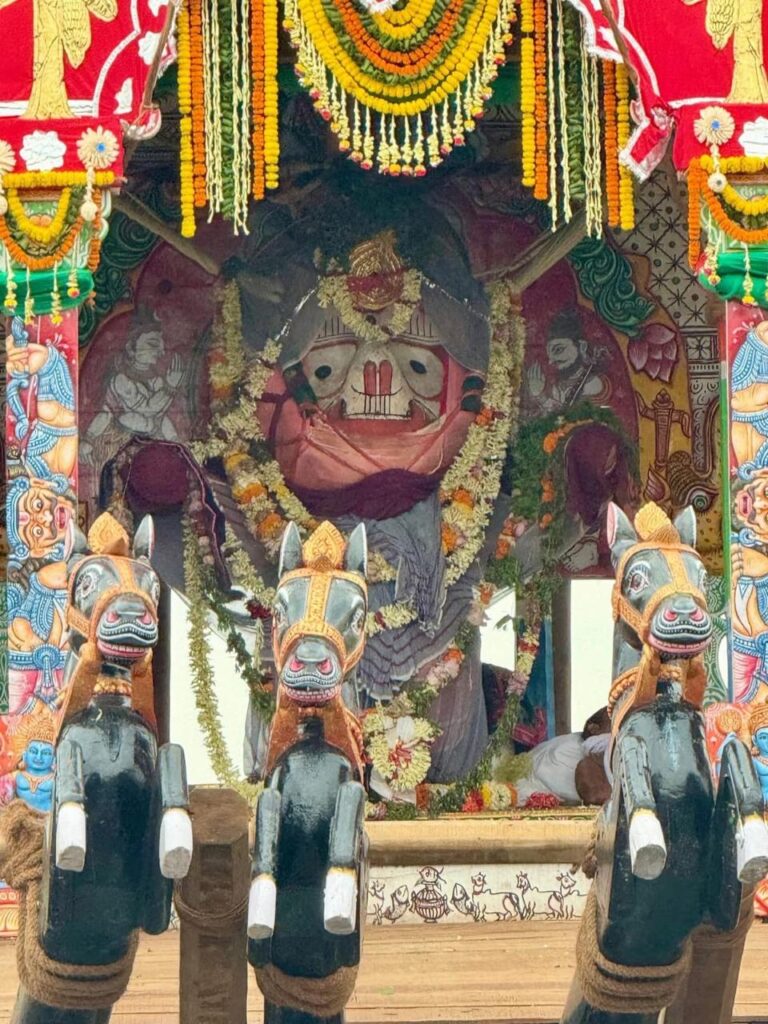
Shyamasundar, a trained carpenter, volunteered to take on the task. With the help of a couple of other devotees, he managed to find a suitable piece of wood, a Douglas fir timber from a dismantled barge, big enough to carve all three deities. This marked the beginning of a new chapter in the lives of the devotees, as they worked together to create the larger forms of Jagannatha, Baladeva, and Subhadra, which would become the central focus of worship in their temple.
The Installation of Jagannatha, Baladeva, and Subhadra
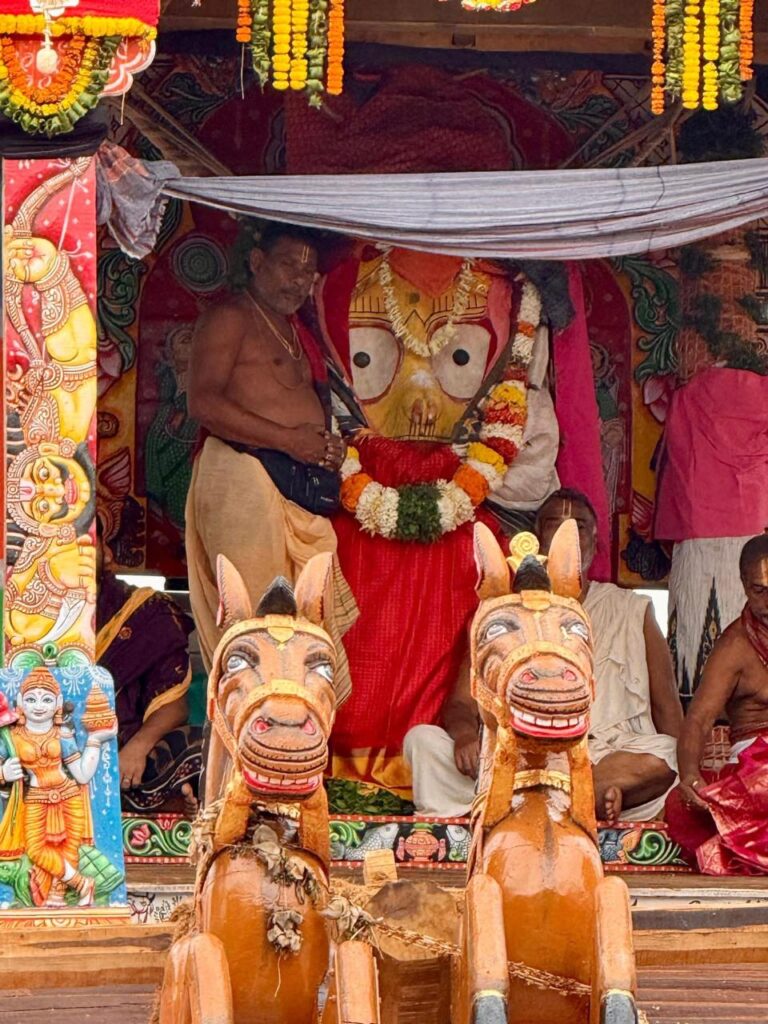
After weeks of meticulous work, Shyamasundar and his team finally completed the carving of the deities Jagannatha, Baladeva, and Subhadra. The wooden slab, carefully selected from a dismantled barge, had been transformed into three magnificent forms, each radiating a sense of divine presence. On March 23, the deities were installed in the temple, marking a significant milestone in the history of ISKCON.
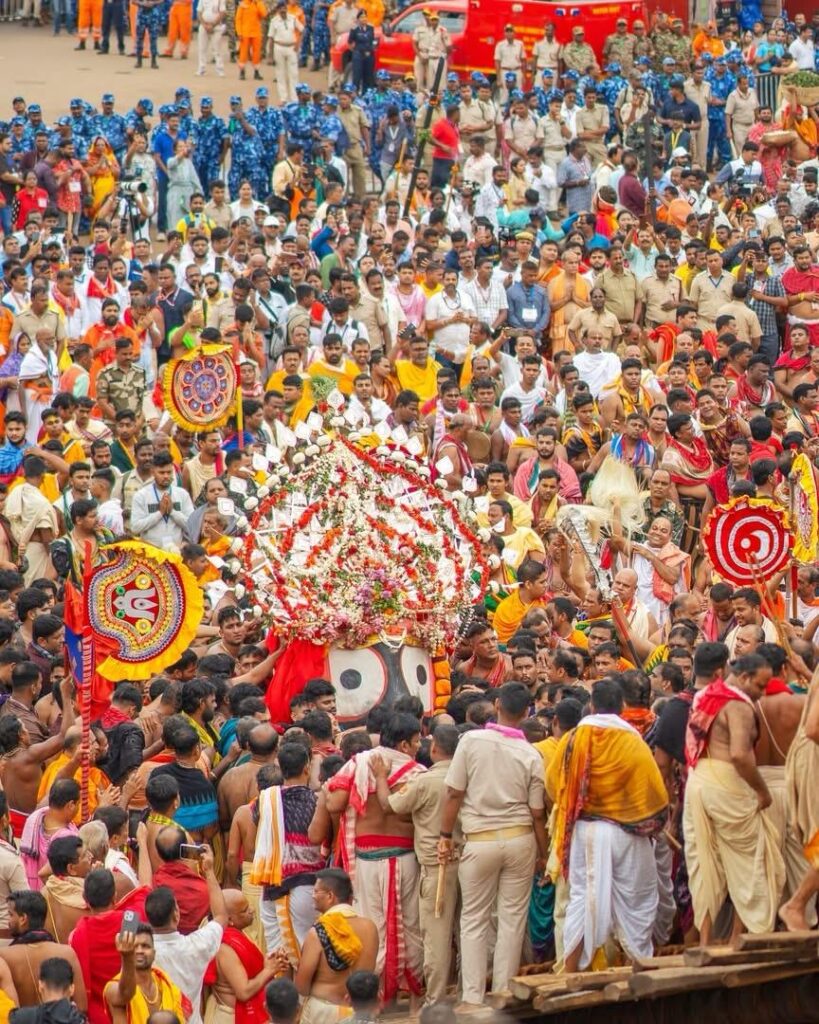
As the deities were placed on a newly constructed altar, they were offered their first formal worship, making them ISKCON’s first ever officially installed deities. The Swami, A.C. Bhaktivedanta Swami Prabhupada, addressed the crowd of devotees who had assembled for the occasion, explaining the significance of Jagannatha’s manifestation in San Francisco.
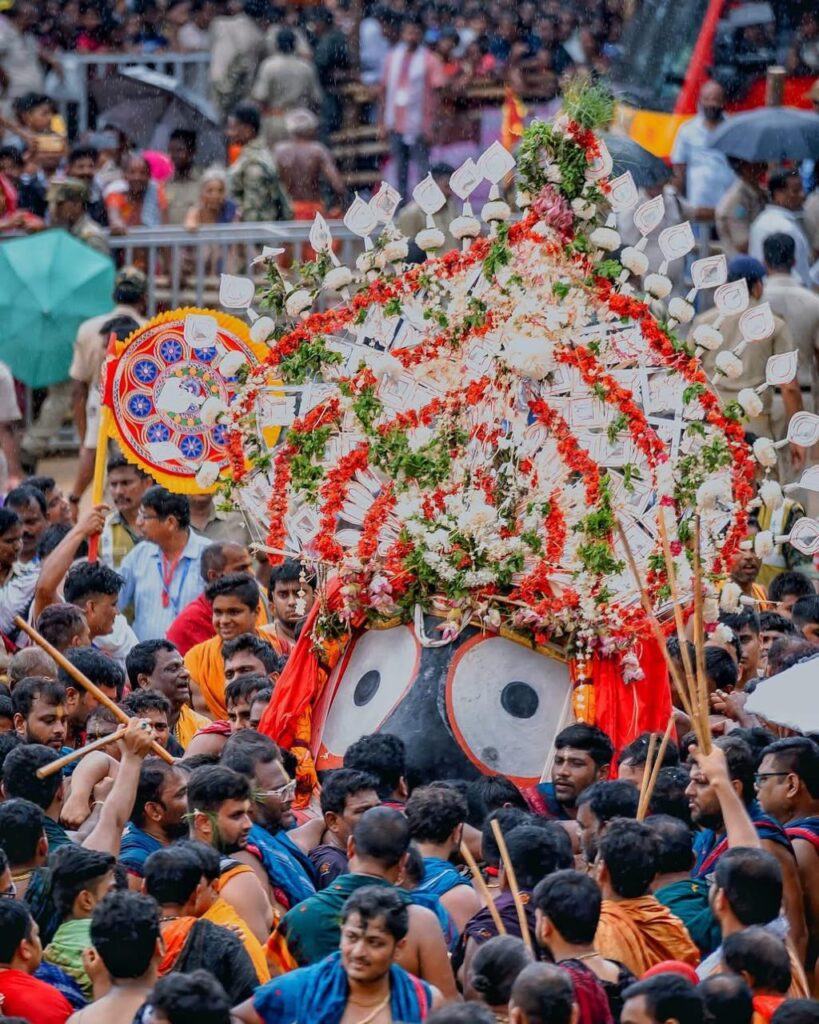
The Swami revealed that Jagannatha, known as the “Lord of the Universe,” is a particularly compassionate form of Krishna, accepting of all, regardless of their spiritual path. He emphasized that Jagannatha’s appearance in San Francisco was no coincidence, but rather a reciprocation to the devotional aspirations of the growing community. Just as Jagannatha had appeared on the Indian coast, he had now appeared on the Pacific coast to bless the devotees in San Francisco.
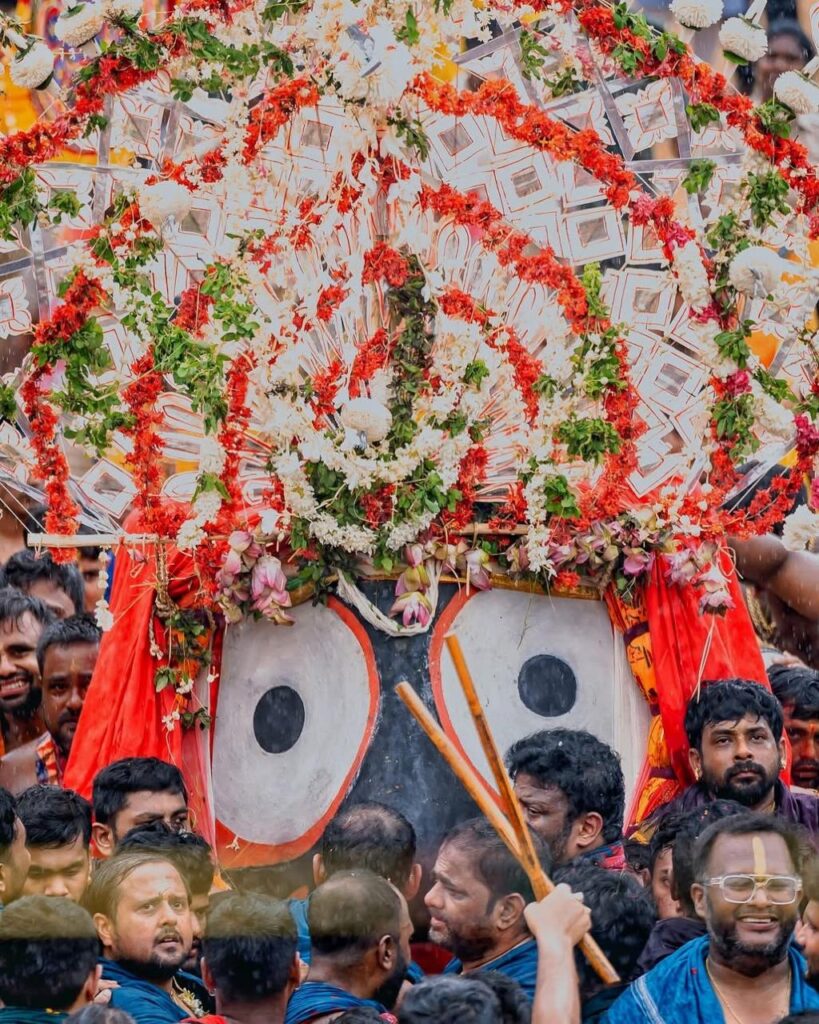
The Swami announced that the temple in San Francisco would be called New Jagannatha Puri, in honor of the famous temple in Orissa, India. This marked a new era for the devotees, who would now have a sacred space to worship and connect with the divine. The installation of Jagannatha, Baladeva, and Subhadra was a testament to the power of devotion and the boundless compassion of Krishna.
